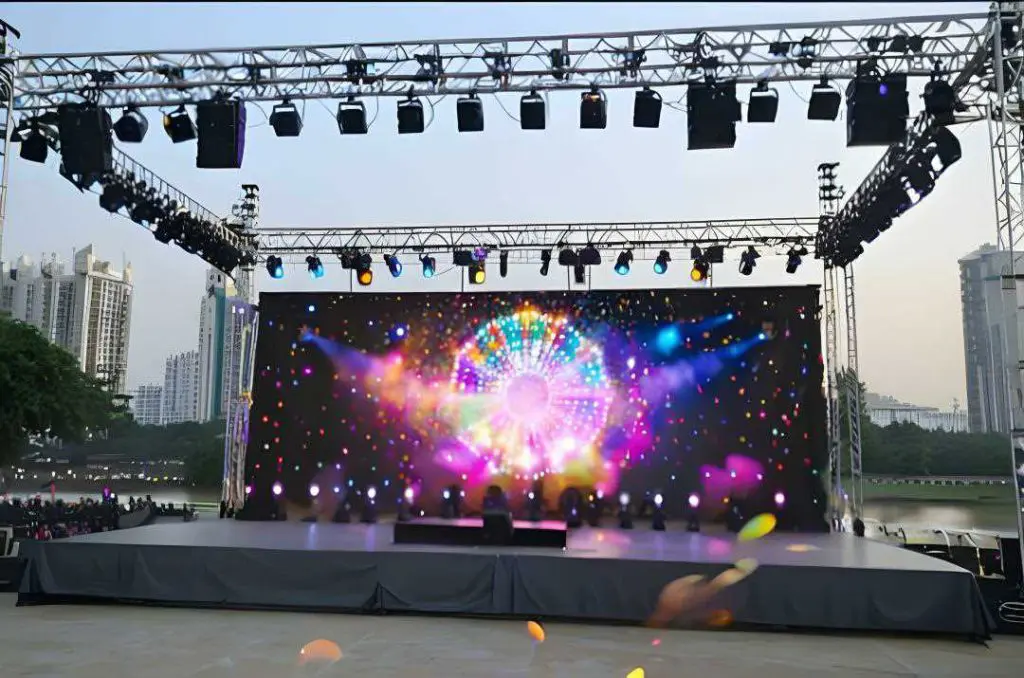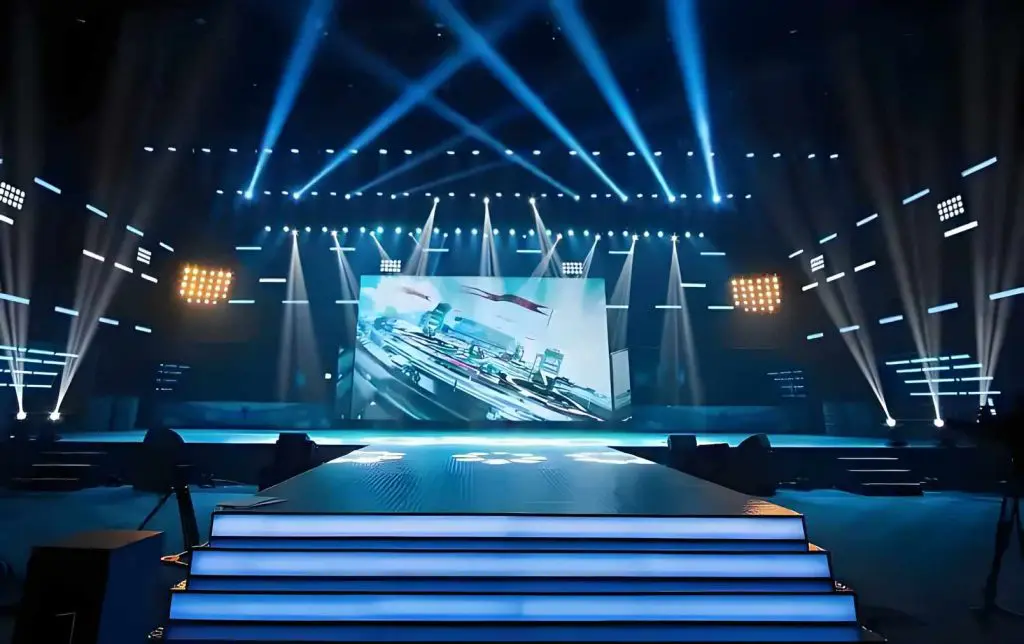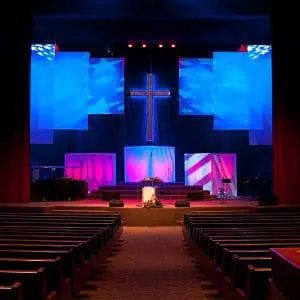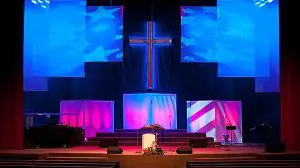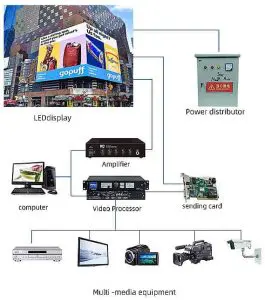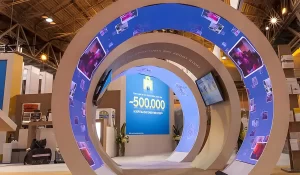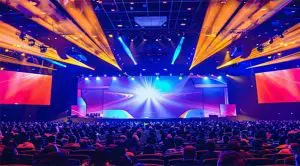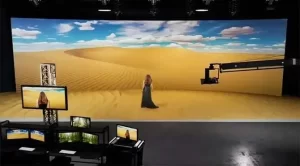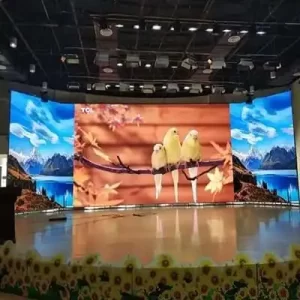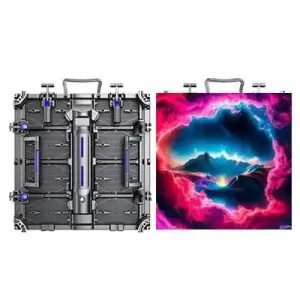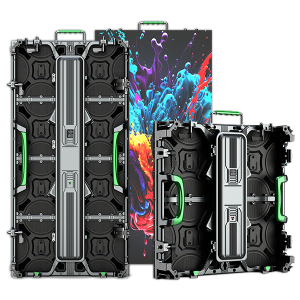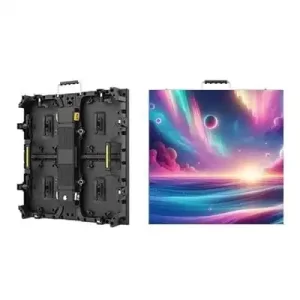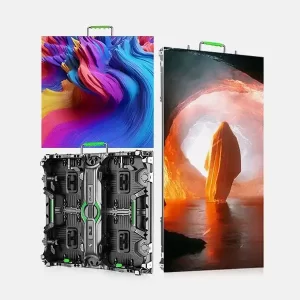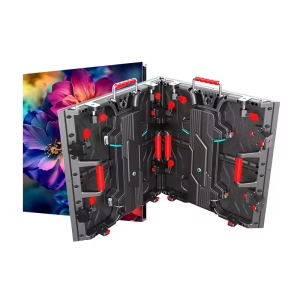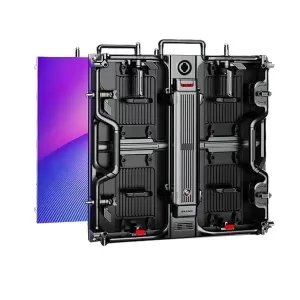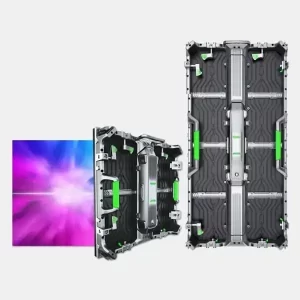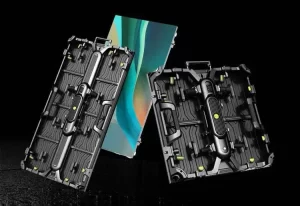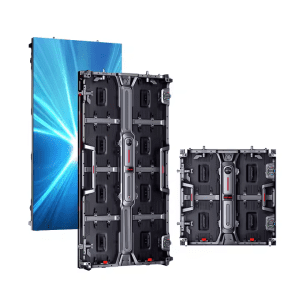In the world of live events, an LED wall has become the centerpiece of modern stages. Whether it’s a concert, corporate conference, trade show, or wedding, LED walls provide a dynamic platform for delivering stunning visuals, immersive experiences, and impactful communication. These high-resolution displays not only captivate audiences but also elevate the production value of any event.
This guide explores the applications, advantages, types, and considerations for using LED walls on event stages, helping you make the most of this versatile technology.
What is an Event Stage LED Wall?
An event stage LED wall is a large, modular digital display made up of interconnected LED panels. These walls are designed to serve a variety of purposes, such as:
- Displaying live video feeds of speakers or performers.
- Presenting multimedia content, including videos, animations, and graphics.
- Enhancing stage design with interactive and dynamic backdrops.
- Communicating key messages like branding, event schedules, or audience engagement content.
With their seamless design, vibrant colors, and customizability, LED walls are now an essential tool for creating memorable event experiences.
Why Use an LED Wall for Event Stages?
1. Unmatched Visual Impact
LED walls offer bright, high-resolution visuals that are visible even in large venues or outdoor environments. Their ability to display vivid images, sharp text, and smooth videos ensures that every seat in the audience has a clear view of the action.
2. Versatile Applications
From corporate presentations to music festivals, LED walls can adapt to any event type. They can also display a wide range of content, including live feeds, animated backgrounds, branding, and event-specific messages.
3. Dynamic Stage Design
LED walls act as a digital canvas, allowing event organizers to create immersive stage designs. They can change visuals in real time to match the mood, theme, or tone of the event, delivering a more engaging experience.
4. Increased Audience Engagement
With interactive content like polls, social media feeds, and live messages, LED walls encourage active participation from the audience. This leads to a more memorable and immersive experience.
5. Cost and Time Efficiency
Compared to traditional printed backdrops, LED walls reduce the need for physical materials and can be updated instantly. This saves time during setup and allows for real-time adjustments during the event.
Types of Event Stage LED Walls
1. Indoor LED Walls
- Best For: Conferences, trade shows, concerts, and weddings held in enclosed venues.
- Key Features: High resolution (P1.2–P3), lightweight panels, and moderate brightness, ideal for close viewing distances.
2. Outdoor LED Walls
- Best For: Music festivals, outdoor weddings, sports events, and political rallies.
- Key Features: High brightness (5,000–10,000 nits), weatherproof (IP65+), and durable for outdoor conditions like rain and sunlight.
3. Curved LED Walls
- Best For: Events requiring creative or futuristic stage designs.
- Key Features: Flexible panels that allow for curved, cylindrical, or wave-like screen configurations.
4. Transparent LED Walls
- Best For: High-end events, fashion shows, and exhibitions.
- Key Features: Semi-transparent panels that blend seamlessly with the stage, allowing light and visibility through the screen for a sleek, modern look.
5. Rental LED Walls
- Best For: Temporary events like trade shows, conferences, or weddings.
- Key Features: Lightweight, portable, and easy to assemble/disassemble, perfect for short-term use.
Key Features of LED Walls for Event Stages
1. High Resolution
- Pixel Pitch: The smaller the pixel pitch (e.g., P1.2–P3 for indoor screens), the higher the resolution and clarity. This is especially important for close-viewing audiences.
2. Brightness
- Indoor LED walls typically have 800–1,500 nits, while outdoor screens require 5,000–10,000 nits for visibility in direct sunlight.
3. Wide Viewing Angles
- LED walls offer 160°–178° viewing angles, ensuring consistent image quality for audiences seated at various angles.
4. Modular Design
- LED walls are made up of interconnected panels, allowing for flexible configurations to fit different stage sizes and layouts.
5. Real-Time Content Display
- Advanced control systems enable the display of live feeds, animations, and synchronized visuals, all updated in real time.
6. Durability
- Outdoor LED walls are weatherproof with an IP65 rating, ensuring they can withstand rain, wind, and temperature fluctuations.
Applications of LED Walls on Event Stages
1. Concerts and Music Festivals
- LED walls create a visual spectacle with dynamic backdrops, synchronizing visuals with music to enhance the energy of the performance.
- Side screens ensure that even far-away attendees can see the performers clearly.
2. Corporate Events
- LED walls are ideal for presentations, product launches, and conferences, allowing for professional visuals, live feeds, and branding opportunities.
- They can also display graphs, charts, and infographics to simplify complex information.
3. Weddings and Special Events
- Create a romantic and memorable experience by using LED walls to display photo slideshows, videos, or themed backgrounds.
- Interactive features, like live messages or social media feeds, can make the event more personal.
4. Sports Events
- LED walls are perfect for scoreboards, instant replays, and live feeds of the game, ensuring everyone in the venue stays connected to the action.
5. Trade Shows and Exhibitions
- Use LED walls to showcase product demos, company branding, or promotional videos, attracting attention and engaging booth visitors.
How to Choose the Right LED Wall for Your Event
1. Determine Your Venue
- For indoor events, prioritize high resolution and compact designs.
- For outdoor events, focus on brightness, weather resistance, and durability.
2. Pick the Right Pixel Pitch
- P1.2–P3: Ideal for close-up viewing, such as conferences and weddings.
- P4–P6: Best for large outdoor venues where audiences view from a distance.
3. Consider Screen Size
- Choose a size that fits the stage and venue. Larger venues require bigger screens to maintain visibility for all attendees.
4. Look for Customization Options
- Select LED walls that allow for creative configurations, such as curved or transparent designs, to suit the theme of your event.
5. Check for Rental Options
- If the LED wall is only needed temporarily, consider rental services to save costs while still delivering high-quality visuals.
6. Evaluate the Control System
- Ensure that the LED wall supports real-time content management, allowing for smooth transitions and live updates during the event.
Costs of Event Stage LED Walls
The cost of an LED wall depends on factors like pixel pitch, size, and features. Below is an approximate price breakdown:
| LED Wall Type | Pixel Pitch | Price Range (per m² USD) | Best For |
|---|---|---|---|
| Indoor LED Walls | P1.2–P3 | $600–$3,000 | Conferences, weddings, trade shows. |
| Outdoor LED Walls | P3–P6 | $800–$3,000 | Festivals, sports, outdoor rallies. |
| Curved LED Walls | P2–P5 | $1,000–$5,000 | Creative and futuristic stage designs. |
| Transparent LED Walls | P3–P7 | $1,500–$3,000 | Exhibitions, high-end events. |
| Rental LED Walls | P3–P6 | $500–$1,000 (per day) | Temporary events like trade shows. |









